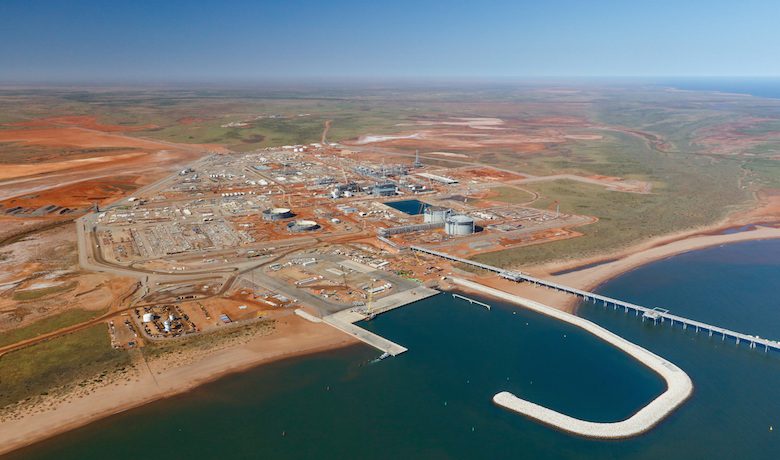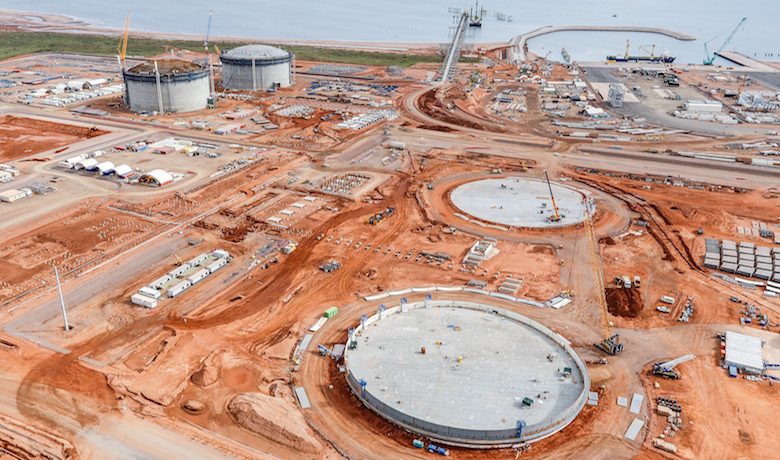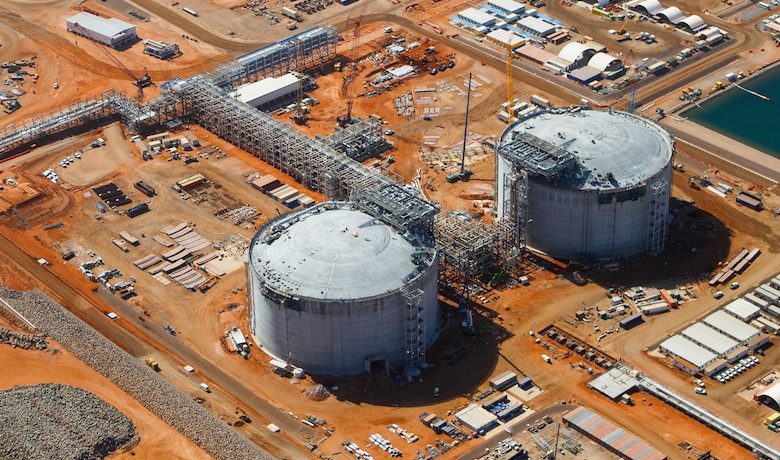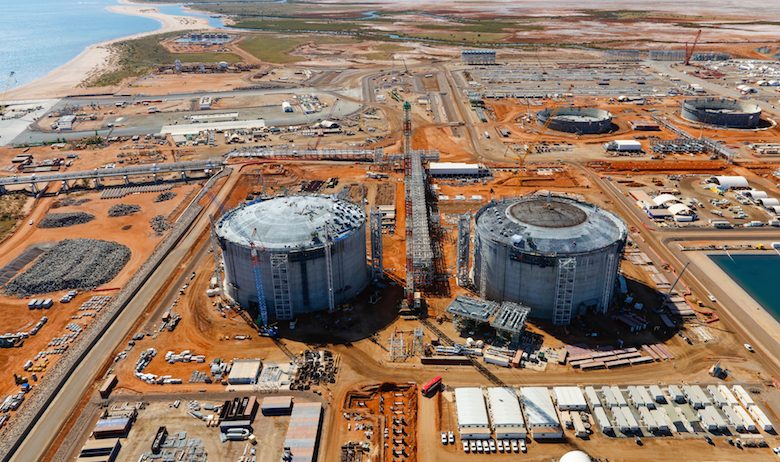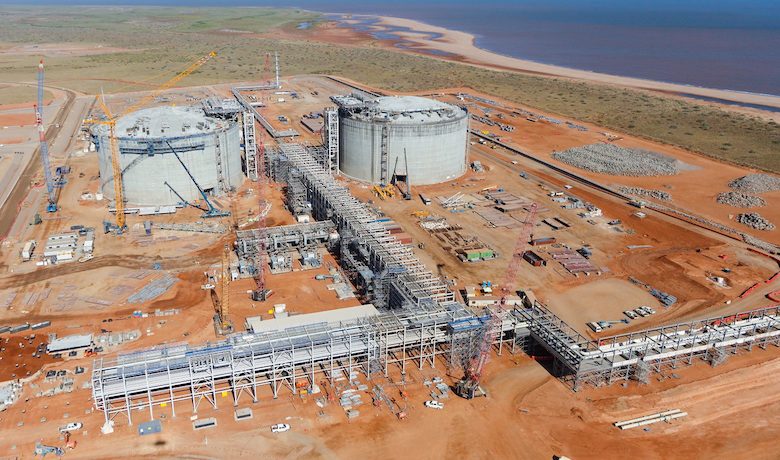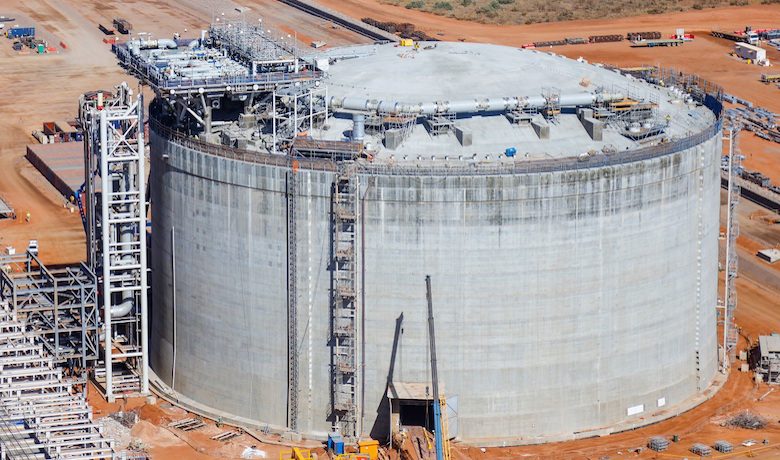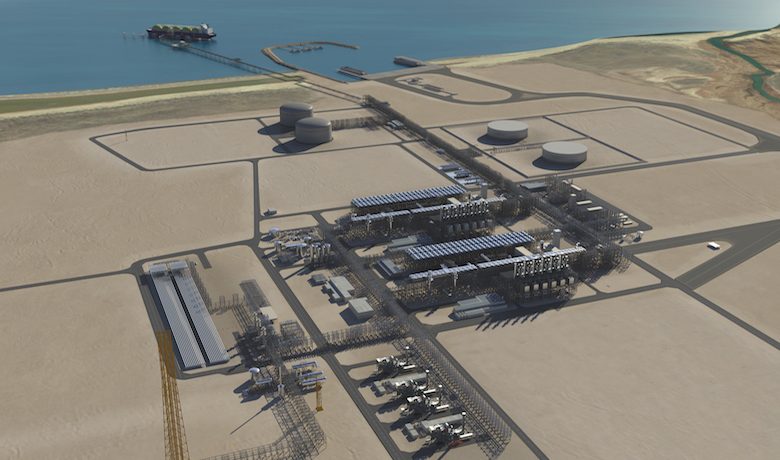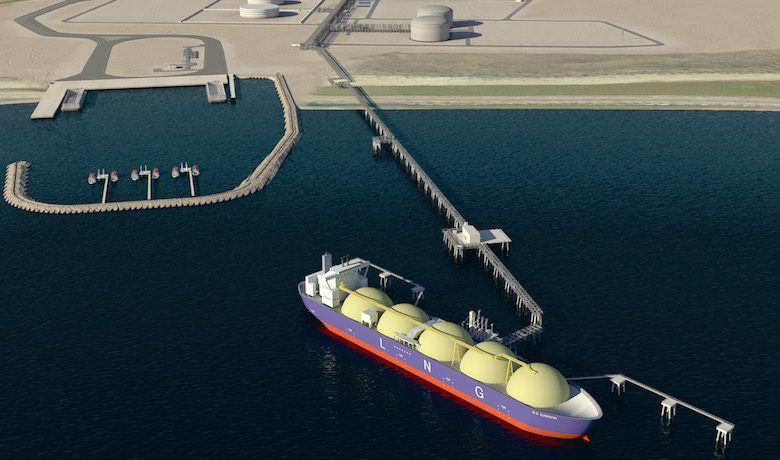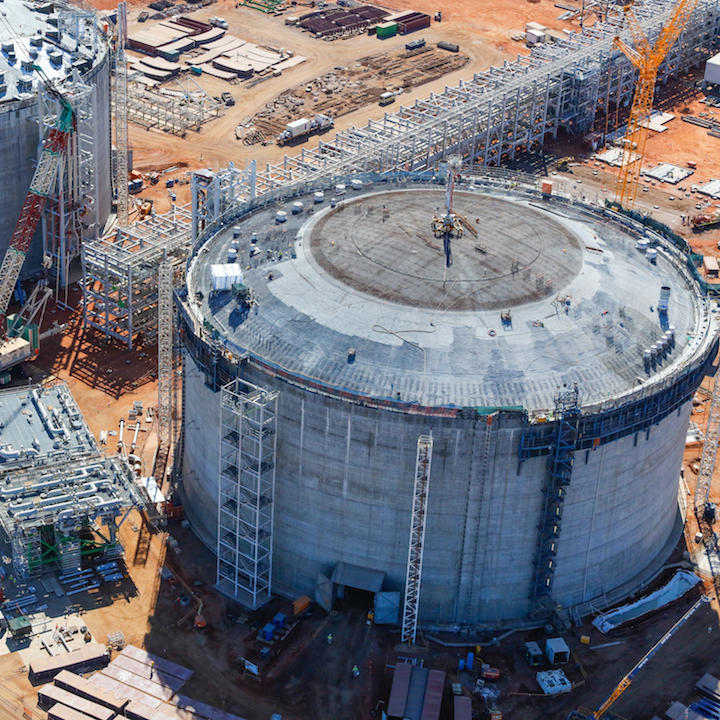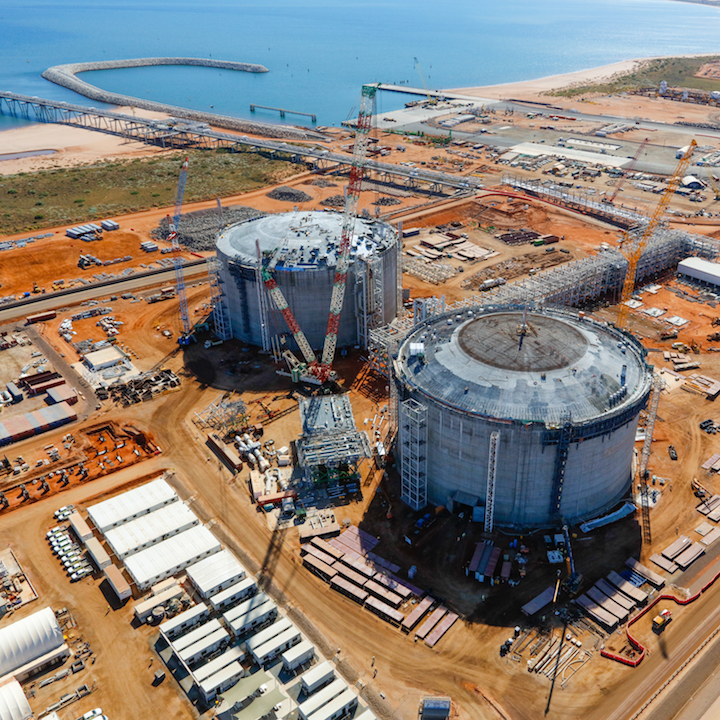BACKGROUND
Until the mid-1960s, the volume of natural gas in its gaseous state was the main obstacle to its transport and, therefore, to its development as a saleable commodity. In most cases, producing countries were very distant from consuming countries; as a result, for many years, the buying and selling of natural gas was a difficult business sector to develop. Today, liquefaction has led to the development of the LNG supply chain from exporting countries to importing countries.
Today, thanks to certain types of infrastructure, we can cool natural gas to a tempoerature of minus 161°C, thereby reducing its volume by a factor of 600. Liquefaction plays an important role in the global energy industry because there are vast reserves of natural gas around the world, and in its condensed state, it can easily be transported by sea across vast distances. This is the context in which the Wheatstone project was developed; its objective is to make Australia the world’s leading producer of LNG.


